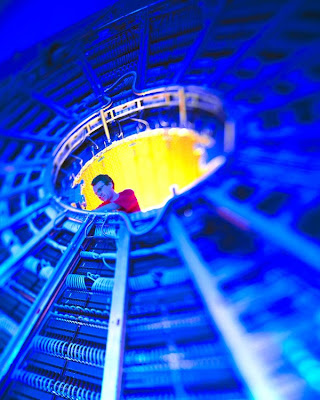The International Science & Engineering Visualization Challenge 2008 Some of science’s most powerful statements are not made in words. From the diagrams of DaVinci to Rosalind Franklin’s x-rays, visualization of research has a long and literally illustrious history. To illustrate is to enlighten. How many people would have heard of fractal geometry or the double helix or solar flares if they had been described solely in words? In a world where science literacy is dismayingly rare, illustrations provide the most immediate and influential connection between scientists and other citizens, and the best hope for nurturing popular interest. Indeed, they are now a necessity for public understanding of research developments. The National Science Foundation (NSF) and Science created the International Science and Engineering Visualization Challenge to celebrate that grand tradition—and to encourage its continued growth. The spirit of the competition is for communicating science, engineerin...



